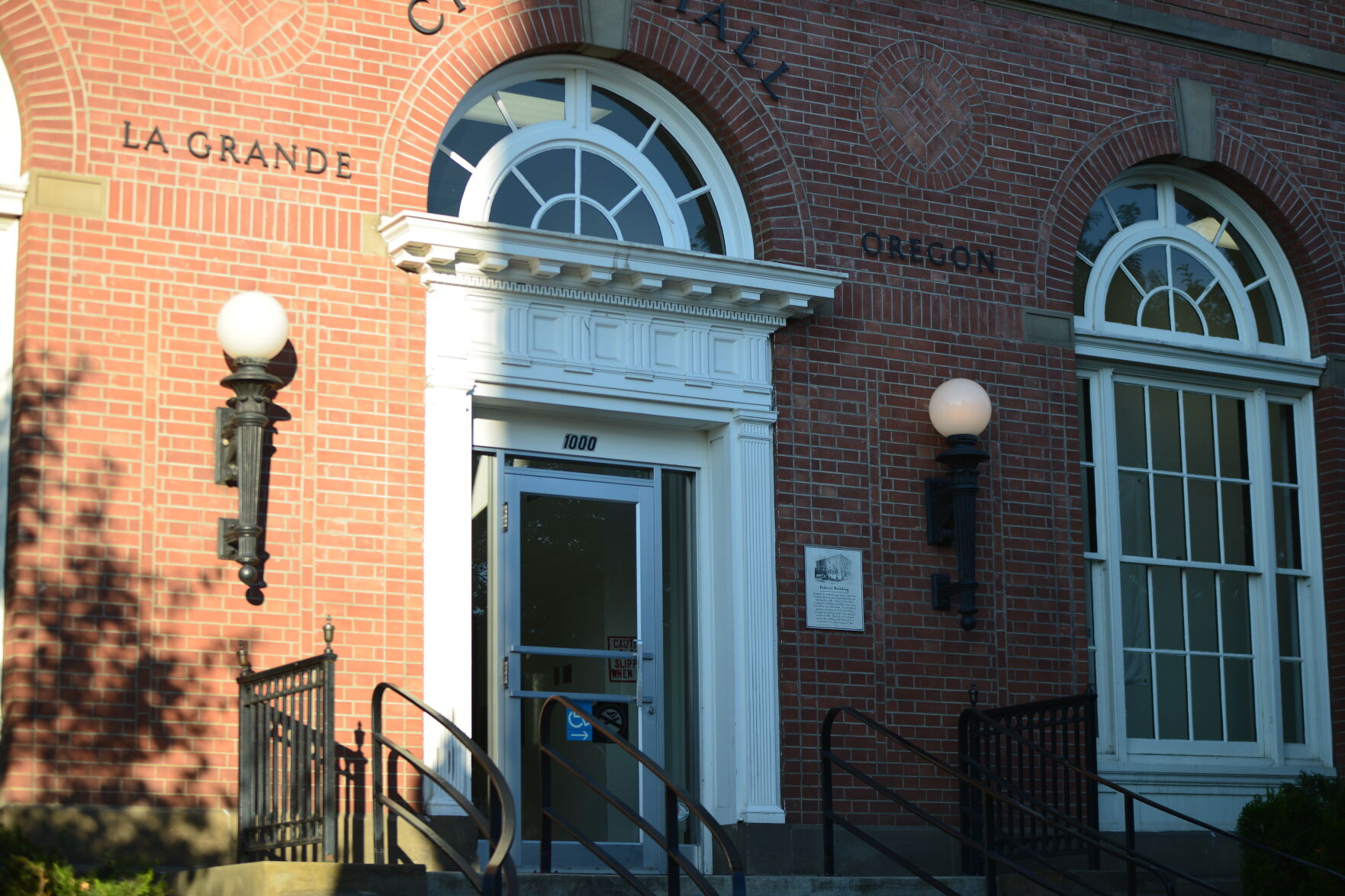Visit to newspaper stirs emotion, nostalgia
Published 7:01 pm Monday, June 28, 2010
With a roar the big press went into action, and I was standing there, going back in time.
The roar wasn’t as big as I expected or remembered and the walls of
the building didn’t seem to shake. It was enough, though, to make me
homesick.
How can you be homesick for a time and place not your home but gone by?
Tuesday, May 25, 2010, was a big day for me since Ted had invited me down to The Observer to see their new CTP machine. The letters stand for “computer to plate.” The hulking piece of equipment is relatively new technology and allows a newspaper to skip the production of page negatives.
I was met at the door by receptionist Heidi, who let Ted know that I was on the premises. As I walked back to Ted’s office, I noticed that reporters were quietly busy at their computers preparing future copy. Then Ted took me into the next room where Cheryl was working at her computer, preparing the digitalized front page of which Ted had just handed her a final hard-copy proof.
The front page was then sent electronically to the CTP machine in the next room.
I met Frank, who oversees the total production operation, and together the three of us entered the next room where the CTP machine took over the space. It was large, all right, and in action. I expected to find a workman on the other side lifting the metal plates and laying them aside in a pile. But there was no human there, just the mechanical giant handling the news plates, and they appeared blank. Only slowly did they begin to develop themselves, ready for the next stage, page by page.
Once the plates were ready to go to the pressroom we followed the three pressmen, who had joined us, into the far interior of the plant wherein lay the giant. Here again it seemed like the sleeping giant was smaller than I remembered, but it was long and ready for action. Curt, Teddy and Tom were at the ready once the metal sheets had been curled a bit to fit onto the press. Still, there appeared to be only a very faint print of news on them.
Then came the business of checking all the ink buttons, colors on one end and black on the other end. In my day, I don’t recall having seen color printing on newsprint. Everything was done in black ink. The white sheets of paper had already been threaded onto the press from the huge rolls.
Here, again, they seemed narrower than I had remembered. Of course they were, for the newspaper of today is much narrower than when it was printed in the 1940s.
It was then that the press rumbled into action for the space of a few moments, then died. Into my hands was thrust one of the first copies to come off the press. The blank-appearing plates had somehow transferred the news onto the paper. It was old times, then, for we were each looking for something different. I felt so important as I immediately began checking headlines, captions, page numbers, dates and all that the newsroom had already checked.
The pressmen, once having run copies to the composing room for a final check, were checking for colors where colors should be, blacks where blacks should be. The color sections needed adjustment, for they didn’t quite mesh and the print took on a fuzzy appearance. The ad requiring all black somehow had received a color treatment. Adjustments to the press were made and we were ready for another trial run. I was handed a second copy in which the colors were as they should be and everything was given another general review.
While we were waiting for the signal to start up the press again, I wandered on out into the room where the newspapers would be assembled with inserts. Susan, the lady who had come on her own accord to nail my newspaper box by my front door, was there to greet me for a quick visit. Then we heard the press start up again and everyone was alerted to their specific job.
I returned to the pressroom so I could watch the continuous sheet of paper speed from one roller to the next and back again to the cutting and folding done automatically by the machine. From here the pages fed onto a conveyer belt which carried them to a table for gathering and stacking, ready for the inserts. Once in a while, a paper was retrieved from the line to check for any changes, then minor adjustments made to the press as necessary in order for the last newspaper to appear the same as the first.
Once the folded papers reached the circulation window, I lost track of what was actually happening to them, for it seemed that some of the inserts were being placed by hand and others appeared to be on a long mechanical line at which several employees were busy. I didn’t want to interfere by asking more questions in the din of the room so just observed and finally left to wend my way through the building back into the advertising and reception area.
Ted was near the front door, so I stopped for a moment in appreciation and then left the building. As I exited the front door, a young woman was already filling the newspaper rack with the day’s edition.
Since it was now 12:30 and I was on some kind of a newspaper “high,” not wanting to go home yet, I decided on lunch at one of my favorite restaurants. My ears were still ringing with the noise of the press and all of the machinery that was necessary for the automation. I had been offered ear plugs several times but for the few minutes I was there it seemed only proper to hear the sounds of the job. There had been no clacking typewriters, only a minor smell of ink, no tinkling of linotypes as they dropped the lead letters into place, no ink staining my fingers, but the newspaper came out just the same as it did years ago, and I was part of it.
I needed to put my impressions to paper.
When I came out of the restaurant, the newspaper rack by their front door was already filled with the day’s newspapers and folks were reaching for their copy. Then I drove up the street toward my home and saw carriers already on the streets with their bags filled with the new edition, ready for delivery. I had barely reached my home when my own carrier was placing my personal issue in my orange paper box.
I had looked the newspaper over several times in the process of its being printed so one would think there would be no need to do so again, but this time it was my turn to read the stories just as other customers were doing, but knowing that already the folks at the newspaper plant were preparing for the next day’s run.
Grateful as I was to have spent such a wonderful day at The Observer plant, there was a sense of sadness in the loss of what I had known. But, as with other phases of life, changes come and, I must admit, these changes appear to be for the betterment of the health for those who are involved and the ease in which they now bring you your daily news. Still, it requires dedication of those involved in every phase of the job to bring you the best product possible.
May I suggest that you read the staff names as listed at the bottom of the Opinion page and then add your carrier to them for an idea of all the people involved in your daily read. Along with the so named folk are those who are also involved but unlisted. How fortunate to have so many folks so employed in a down economy.
There isn’t room in one column to really describe my visit to The Observer or what it meant to me, but I’ll be back again one day with the then and now comparison, both leading to the same result -your daily news.
Veteran newspaperwoman Dorothy Swart Fleshman is a La Grande native. Her column runs every Friday. Reach her by e-mail at fleshman@eoni.com.





